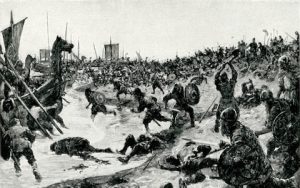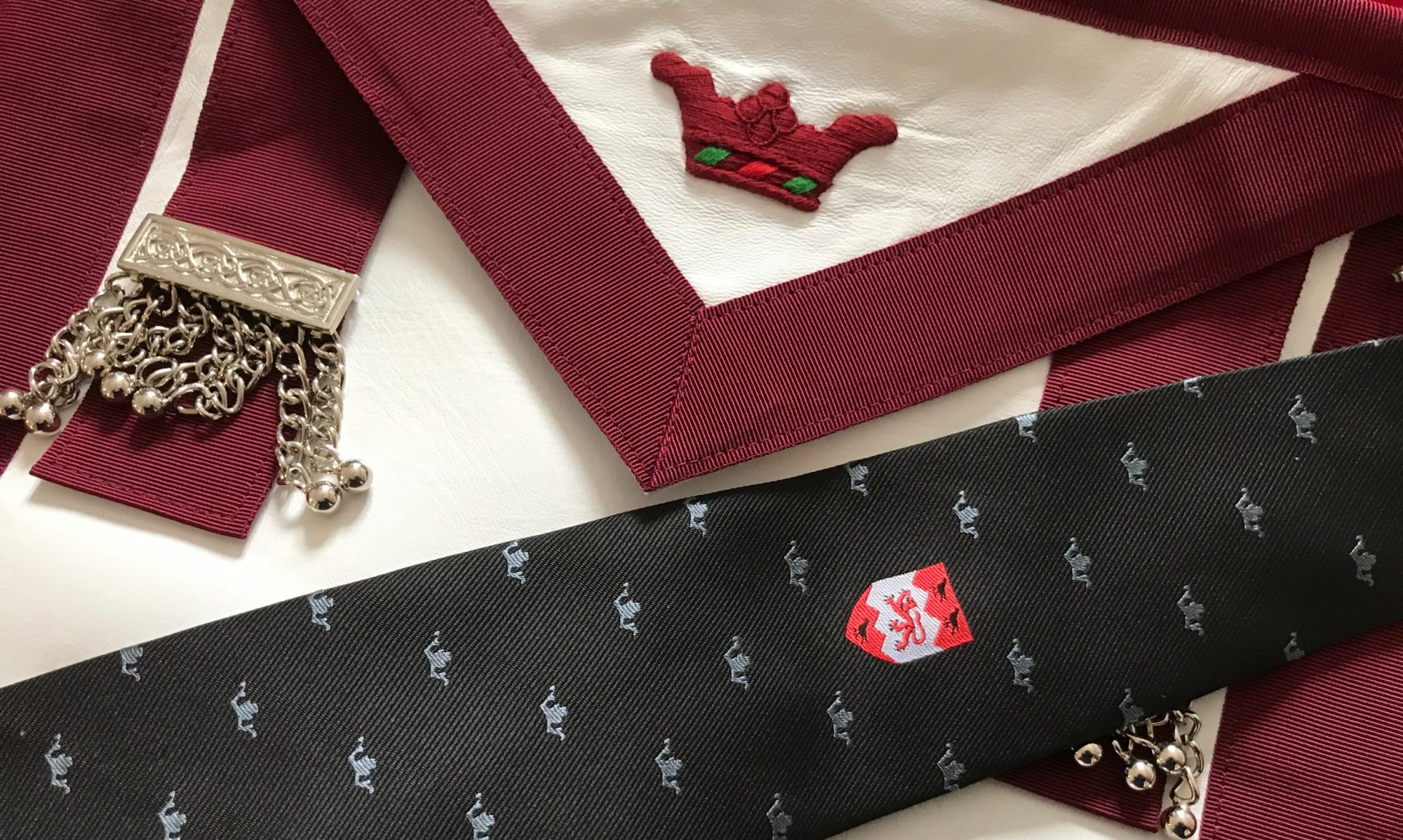How England forgot the battlefield that shaped the nation
The mystery about where the Battle of Brunanburh took place has finally been solved, but how many people even knew about it?
ByBernard Cornwell 30 April 2021

For a time after it took place, in AD 937, Brunanburh was an extraordinarily famous battle CREDIT: Chronicle / Alamy Stock Photo
If you were to ask people about battles fought on British soil, I suspect they would be able to suggest a few: Hastings, Bannockburn, Bosworth Field, Edgehill, and the Battle of Britain. They might even remember Towton, Flodden, or Naseby. But very few people would add Brunanburh to their list – even if perhaps none was more important in the shaping of Britain as we know it.
For a time after it took place, in 937AD, Brunanburh was an extraordinarily famous battle, described in chronicles across Christendom, celebrated in poems and songs, and remembered as a terrible event marked with massive loss of life. It was regarded as the bloodiest since the Anglo-Saxon invasions – with the English pitting themselves against a Viking-led enemy alliance in a conflict during which six kings and seven earls are thought to have been slain.
Indeed, the Anglo-Saxon Chronicle, usually a dry annual catalogue of events, even broke into verse to describe it: “Never greater slaughter/Was there on this island, never as many/Folk felled before this/By the swords’ edges”.
Brunanburh was recognised as an appalling massacre, then, but also as a turning point in British history – it was a conflict of consequence, just as the Battle of Hastingsand Norman Conquest would be 129 years later. Yet, amazingly, the English forgot where this defining battle took place. Names change over time.
Mameceaster became Manchester, Snotengaham became Nottingham. It’s a natural process and Brunanburh, wherever it was, went through the same shifts until people had forgotten the original name and, in the process, the site of such slaughter and national significance.
Over the years there have been numerous suggestions about where the battle was fought, ranging from the Solway Firth to County Durham; Yorkshire to Cheshire. But it is only recently that archaeologists have discovered broken weapons that point towards the Wirral. Even those discoveries will probably not end the controversy, but having visited the site myself and spoken to the archaeologists there, I am convinced that we have at last identified the site of the Battle of Brunanburh.
If you happen to be driving the M53 towards Birkenhead, then look to your left between exits four and three, and there it is – the lost battlefield. Thanks to the likes of historian Michael Livingston, whose new book Never Greater Slaughter, shines fresh light on the terrible scenes of the clash – we now know precisely where the conflict was fought, and who was involved.
On one side were the English and on the other an alliance of their enemies led by Anlaf, a famous Viking chieftain who had carved out a kingdom in Ireland and was now claiming the kingship of Northumbria. He was allied with other Vikings and Constantine, king of the Scots. They went to the Wirral with one aim: to end the power of the English forever.
The British Isles were a political mess in the early 10th century. There were Angles, Saxons, and Jutes, all of whom had taken over British soil over the previous 500 years and forced the native Britons north into southern Scotland, west into Wales and Cornwall, and south across the channel to Brittany.
It meant there were at least a dozen rulers, all eager for more land and ready to fight for it. Ireland was divided between the native Irish and the Norsemen. There were kings in Wales, ever mindful that the Angles and Saxons had conquered their ancestral lands. There were kings in Scotland, too. And all these people – Britons, Scots, and Norsemen – were aware that the strongest king was Athelstan of Wessex, who ruled a vast southern territory and who claimed the presumptuous title of monarch of all Britain.
If Athelstan succeeded in capturing a swathe of northern land in Northumbria – the last remaining Viking stronghold – he would become even more powerful, and so the northern kings, those in what is now Ireland and Scotland, combined to stop him. If Athelstan could be defeated then Saxon power might be broken forever. And so the allies invaded, and the two armies met at Brunanburh. Athelstan’s forces won the battle and Northumbria became a part of his kingdom.
So a country called England was born on that terrible field. And it was terrible. The basic concept of battle in those days was the clash of shield-walls, and to win the enemy’s shield-wall must be broken. A shield-wall is just that: a long line of big ironbound willow shields carried by armoured warriors who have swords, spears, and axes in their hands. An attacking force would throw spears and shoot arrows at the opposing shield-wall, but to break it men had to get close – very close.
Anglo-Saxon poetry describes the horror of such fights. Shields would clash against enemy shields, and then the warriors would hack and thrust at each other with their weapons, desperately trying to open a gap in the wall. If they killed an enemy in the front rank, then there were four or five other lines of warriors behind him; all with their shields and weapons raised, all of which had to be broken. It was brutal close-quarter work. If a shield-wall did break then it could become even bloodier, as the defeated warriors were cut down by their pursuers as they attempted to flee.
We know this happened at Brunanburh because the poem in the Anglo-Saxon Chronicle tells us – describing how Athelstan’s victorious army chased after the beaten Scots and Vikings, and killed them mercilessly. It truly was a memorable and crucial battle. So it is strange that the English, who owe their very nation to the victory Athelstan won at Brunanburh, forgot where it took place. No doubt this incredible lost battlefield has many more secrets to give up. But after many years of searching, we can begin to be certain that this is where the great medieval slaughter took place.
Never Greater Slaughter by Dr Michael Livingston (RRP £16.99).
